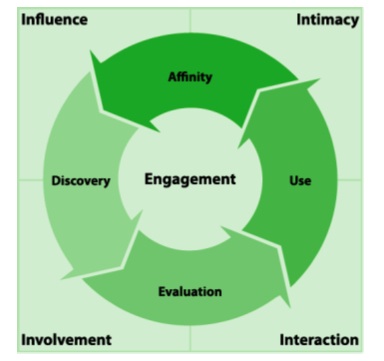In the past week, Forester Research have released a paper titled ‘Consumer Engagement In Virtual Worlds’. The report was commissioned by a consortium of virtual world companies including Metaplace, Inc., Doppelganger (vSide), Gaia Interactive, Inc. (Gaia Online), IMVU, Inc., Linden Lab (Second Life), Donnerwood Media (Meez), PHD, Sony Computer Entertainment America (Home), Sulake Corporation, Oy. (Habbo Hotel), MTV Networks Inc. (Virtual MTV), Vivaty and WeeWorld.
The 19-page report covers some familiar ground around brand awareness and engaging audiences in virtual worlds and actually provides some guidance along those lines, differentiated by the types of virtual worlds (gaming worlds, structured worlds and unstructured / open worlds). Reported negatives from those initial marketing forays into virtual worlds included low numbers of users and inappropriate brand associations. Positives included the global reach, internal enthusiasm for initiatives and tapping new creative options.
The three conclusions drawn by Forester are that
- The period of experimentation and ad hoc virtual world marketing is over
- Engagement, community, and tapping creativity should be the virtual world mantra
- Planning and measurement are lacking
The findings of the report won’t be a surprise to the commissioning consortium but it does provide a useful overview of the ROI challenges for business in virtual worlds and some broad strategies on developing effective engagement strategies.

Recent Comments